It never ceases to bewilder people, but although I will gladly get on stage in front of dozens of people and sing, I get nervous in when I have to speak in public. Even speaking up at a meeting of colleagues can occasionally raise my heart rate. Public speaking is a different beast, and it freaks me and a lot of other people out.
 Last week I had the privilege of presenting a 40-minute workshop at FailCon 2010, a fantastic conference about learning from your failures. I’ve done presentations before, but they’ve all been relatively short. I knew this was going to be intense, so I spent a lot of time preparing. I think my presentation went well (and so did others) and I’d like to share what I did to prepare, so that it might help you…and so that I don’t forget next time I have to do another presentation!
Last week I had the privilege of presenting a 40-minute workshop at FailCon 2010, a fantastic conference about learning from your failures. I’ve done presentations before, but they’ve all been relatively short. I knew this was going to be intense, so I spent a lot of time preparing. I think my presentation went well (and so did others) and I’d like to share what I did to prepare, so that it might help you…and so that I don’t forget next time I have to do another presentation!
(Many of these insights came from a book I fortuitously got for free at the Community Leadership Summit: Scott Berkun’s Confessions of a Public Speaker . The book is a bit haphazard but has some great insights, and my dogears on various pages helped me immensely.)
. The book is a bit haphazard but has some great insights, and my dogears on various pages helped me immensely.)
Here’s what I tried to do (and what I failed at):
1. I Took A Strong Position In The Title
“There’s a Customer Out There With a Bullet For You: Ideas That Kill”. Not only does this catch the eye, but by defining what the presentation was about it helped define what it wasn’t about. Instead of talking about everything I know, I knew what to focus on.
2. I Thought Carefully About My Specific Audience
A fantastic presentation for engineers won’t work well for CEOs and certainly won’t work well for a room full of four-year-olds. I took a look at the attendee list for FailCon and the goal of the conference and determined that my audience would be founders/entrepreneurs and community managers who would want some solid numbers and examples along with the higher-level points. I also knew they’d have a sense of humor and be familiar with the tech industry examples I used (Friendster, Wesabe, Google Wave, etc).
 3. I Built My Slides Last
3. I Built My Slides Last
This one was really key for me, and it’s the first time I really did it. It’s incredibly tempting (and encouraged in some circles) to build a beautiful set of slides first. This is wrong. Your story should dictate your slides. I spent a week and a half building the story and then built slides to support it. The downside? Less time to make your slides pretty. The upside? Your story is compelling, not just something pretty to look at.
4. I Made My Specific Points As Concise As Possible
Confessions of a Public Speaker states it best: “A mediocre presentation makes the points clear but muddles or bores people with the arguments. A truly bad presentation never clarifies what the points are.” Before I wrote any paragraphs or (to the last point) designed any slides, I carved out specific points that I wanted to cover and then worked to build the content to support them. Kudos to Rich White, CEO and my boss at UserVoice, for pointing out that my slides should spell out each point as well, so people who may have been distracted by their phone or computer can hop back in the conversation.
5. I Practiced. A Lot.
Your audience is giving you an hour of their time. Just as companies don’t deserve customer feedback, you don’t deserve your audience’s attention. I tried to respect my audience’s attention by practicing. After finally constructing a story I liked and building an outline for it, I practiced it several times (the whole 35 minutes through) in front of a webcam, cleaning up my performance and trying to cut out “uh” and “um” from my vocabulary. I practiced my presentation for friends and colleagues, and I changed it based on their feedback. Like any performer should, I practiced. Most people leave out this step because they’re scared (I know I was). Don’t skip it.
 6. I Knew The Likely Counterarguments From An Intelligent, Expert Audience
6. I Knew The Likely Counterarguments From An Intelligent, Expert Audience
I’ll admit, I didn’t do this as well as I would have liked to. I presented this to friends and colleagues and got some idea of what questions people might have, but I should have asked them to be more aggressive. I definitely got hit with some questions that made me pause. It’s not because my points weren’t valid, it’s just because thinking critically on the fly in front of a bunch of people is hard. Next time I’ll work harder on this.
7. I Got Familiar with the Space
I scoped out the workshop room early in the day and showed up extra early for my workshop to get my setup perfect, walk the stage area a bit, and grok the room. It helped immensely not having to take in these details for the first time right when I went up to present. The nervousness I’ve felt stepping up to the mic at previous events was totally absent.
 8. I Set The Pace
8. I Set The Pace
People like to know what to expect. I told people what we were covering so they knew when we were reaching the end, and I kept people updated about how much was left. I didn’t call out the specific time I was going to spend on each section (as the book recommends), but I think that was ok – perhaps if it were a longer presentation I would do that.
9. I Asked For Feedback
I failed pretty good on this front, which is especially embarrassing because my workshop was about getting feedback! I meant to print out feedback forms but got too busy, so I had to resort to asking a few folks afterwards about what they thought. Next time I want to make sure I get this right, because most folks will say “it was great” if you ask them in person. That’s sweet, but it isn’t useful feedback.
10. I Tried To Be Likable
I tried to keep a quick pace, be funny, move around when I could, and talk directly to people. I won’t claim that I was a Johnny Carson, but I think I kept things from being dry – which is key when people have a million electronic distractions in the palm of their hands.
 11. I Kept People Engaged
11. I Kept People Engaged
To the last point – I spoke to the audience, asked them some questions, and offered free books to those who asked questions during Q&A. People want to be part of what’s going on, not a total observer.
Some other things that helped:
1) My bosses Rich and Scott from UserVoice helped usher people into the room and keep them entertained before I came on. This was invaluable.
2) Cass, the fantastic orchestrator of FailCon, gave me a shoutout in the main room right before my workshop. She’s my hero for this and many other reasons.
3) The fact that the session opposite mine wasn’t very interesting (sorry, that’s just what I heard). Some days you’re lucky.
So thanks to everyone who helped personally or just came out to watch. You can find my presentation on SlideShare if you’re interested. I hope this post helps you put on a great presentation, and if you have any personal tricks, please add them below!
Photos courtesy of Scott Rutherford.
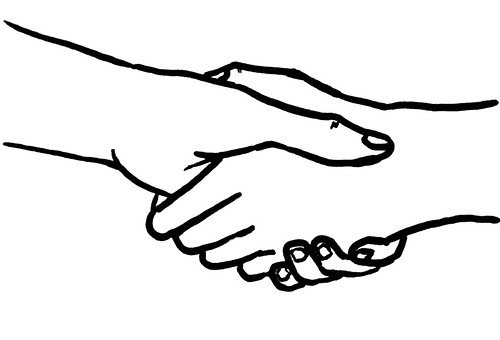 As someone who sends email newsletters for many projects, including to tens of thousands of UserVoice customers, I was as scared as anyone that the new Gmail tabs were going to hurt my open rates. I even sent a message to one of my lists encouraging them to set my newsletter to show up in their “Primary” tab.
As someone who sends email newsletters for many projects, including to tens of thousands of UserVoice customers, I was as scared as anyone that the new Gmail tabs were going to hurt my open rates. I even sent a message to one of my lists encouraging them to set my newsletter to show up in their “Primary” tab.


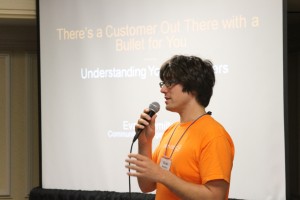 Last week I had the privilege of presenting a 40-minute workshop at
Last week I had the privilege of presenting a 40-minute workshop at 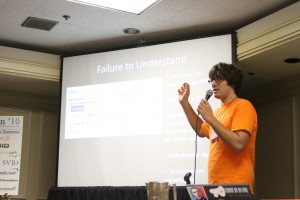 3. I Built My Slides Last
3. I Built My Slides Last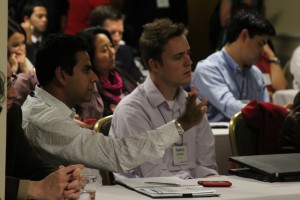 6. I Knew The Likely Counterarguments From An Intelligent, Expert Audience
6. I Knew The Likely Counterarguments From An Intelligent, Expert Audience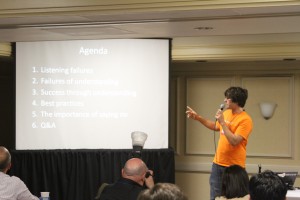 8. I Set The Pace
8. I Set The Pace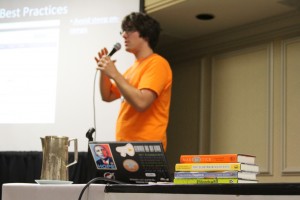 11. I Kept People Engaged
11. I Kept People Engaged

